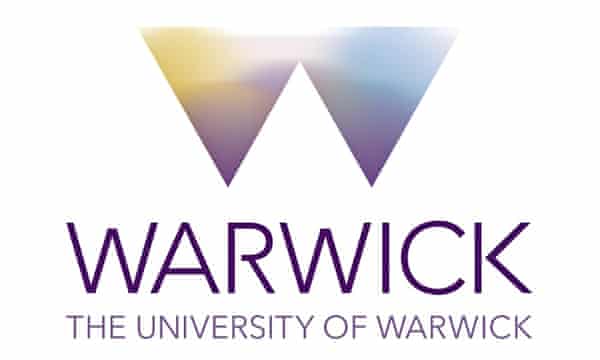University of Warwick: Online museum exhibitions will be more prominent post COVID-19
• During the COVID-19 lockdowns in England, many shops and services shut their doors, including Museums
• Museums still had to keep their audience interested despite being closed, and therefore moved into the digital world
• The success of online Museum exhibitions have been analysed by researchers from WMG, University of Warwick, highlighting how museums have maintained engagement with audiences
• Researchers have however highlighted online exhibition successes, that should be maintained post-COVID, therefore changing the way Museums traditionally work
When Museums closed their doors in March 2020 for the first COVID-19 lockdown in the UK a majority moved their activities online to keep their audiences interested. Researchers from WMG, University of Warwick have worked with OUMNH, to analyse the success of the exhibitions, and say the way Museums operate will change forever.Caption: Compton Verney’s homepage for the Cranach exhibition which opened in March 2020 Credit: Compton Verney
The cultural impact of the COVID-19 pandemic has been analysed by researchers from WMG, University of Warwick in collaboration with OUMNH (Oxford University Museum of Natural History) who in the paper, ‘Digital Responses of UK Museum Exhibition to the COVID-19 Crisis March-June 2020’ published in the journal Curator: The Museum Journal, have analysed the success of online museum exhibitions, and investigated what the future of Museums holds.
Researchers analysed 21 museums who had temporary exhibitions due to open between March and June 2020, and decided to go ahead with the exhibition virtually. The analysis included noting how COVID was considered, how content was presented, and discussing themes of access, embodiment, and human connection.
The research team found that in May-June Museums had more online content for their exhibitions, suggesting there was time to prepare the transfer of exhibition online. All exhibitions were different, with some hosting podcasts, some doing filmed walk-arounds and some hosting a virtual room where you click on exhibits.
Although digital exhibitions were a success, researchers concluded online exhibitions do not provide the same social and embodied experience as the physical museum, as you miss the travelling there, welcome from staff, chatting with other visitors and the gift shop or coffee shop after.
They did however highlight that extra material was provided for online content which isn’t traditionally presented in the Museum, this included behind the scenes videos for example. Researchers say this suggests Museums were trying to give their audiences some exclusives that they would not receive from a normal visit.
Lead author, PhD Student Ellie King from WMG, University of Warwick comments:
“The COVID-19 lockdowns have created a crucial turning point in the Museum sector, as they now see themselves working in a physical-digital overlap. It is interesting to note how in being forced to shut, museums focused their online provisions around existing physical exhibitions.
“Museums and galleries will continue to adapt in light of a post‐COVID world where practices, both digital and physical, will undoubtedly shift. It is important to see the digital exhibition world as an opportunity to provide unseen materials and attract audiences who may not be able to visit in person.”
Although it’s likely there will be more online material generated by Museums and galleries from now on due to the pandemic, there is the issue of staff having the digital skills to manage a new arena of engagement.
Professor Mark Williams, from WMG, University of Warwick explains:
“One of the major tasks of converting to online is the financial implications, 30% of museums have changed staff tasks to provide services online. Despite this, there are concerns that staff teams are not fully equipped to handle such monumental changes.
“This highlights the practical challenge of enabling the rise of digital content for museums, which will be difficult for the sector in such a stretched resource environment.”
Professor Paul Smith, Director at the Oxford Museum of Natural History adds:
“The first COVID-19 lockdown imposed a real-time stress test on museums, and their ability to respond in an agile way to events. The paper highlights the creative ways in which some museums were able to adapt to the unique and unprecedented circumstances they faced.”
This research is part of a wider interest of the CiMAT team in WMG to engage with subject areas beyond engineering. Based on previous research into User Experience, the research group is seeking to apply concepts into areas of the arts and humanities. The research has blossomed with the collaboration between WMG and Oxford University Museum of Natural History. This research, which analyses how visitors experience museums online, is a welcome starting point. The researchers stress to Museums that with this rising atmosphere of change on the horizon, it is important they consider such conceptual issues and evaluate audience needs rigorously when developing online offerings to maintain such cultural importance.

